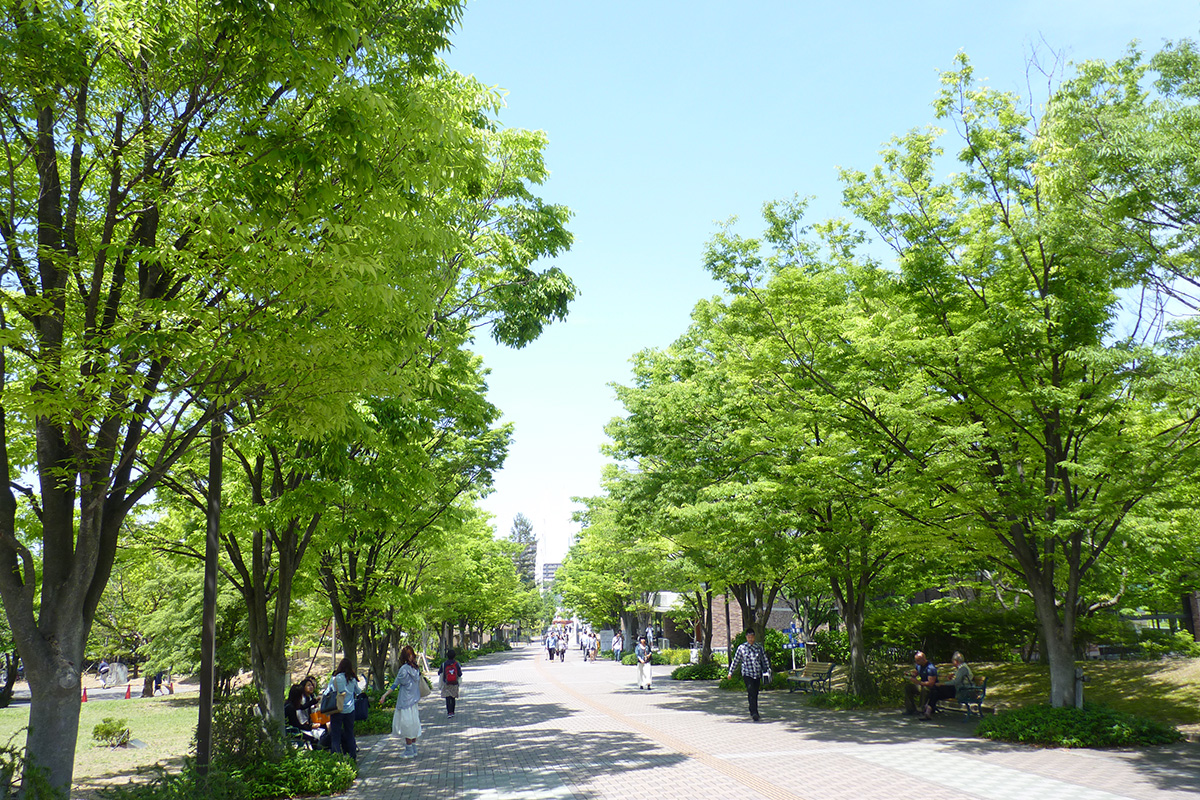
- Home
- About
- Location
Location

The ancient city of Kyoto, with its 1200-year history, is the birthplace of Japan´s traditional culture. Many historic structures remain, some of them listed as World Heritage Sites, allowing visitors to imagine themselves back in days gone by.
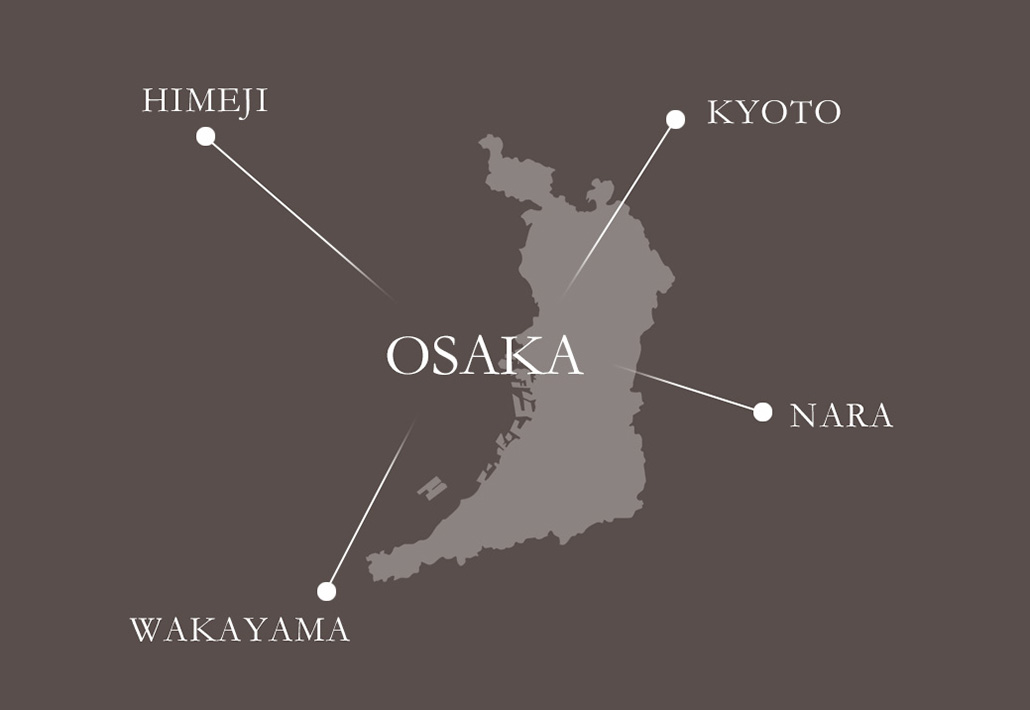
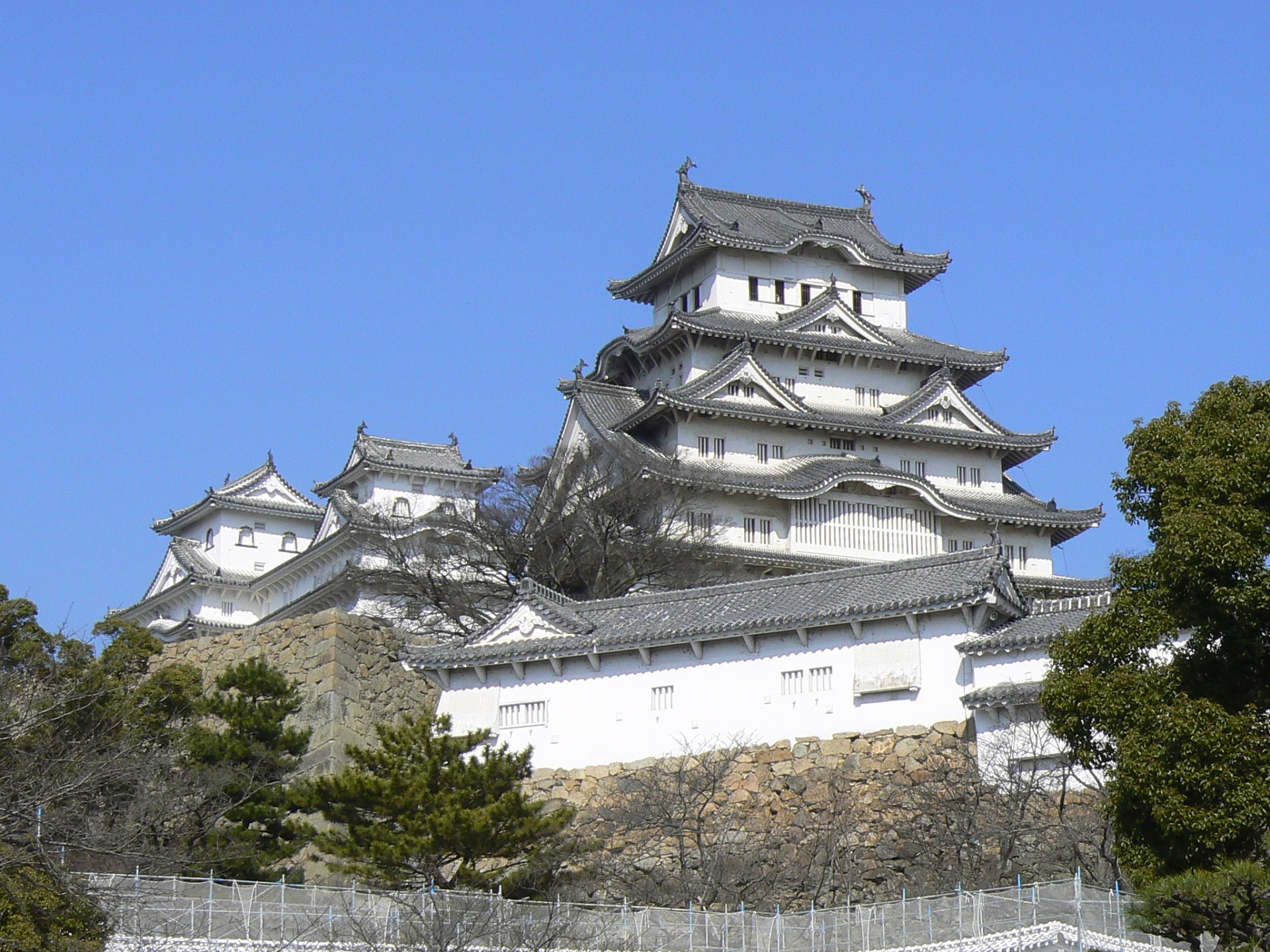
HIMEJI
Himeji City flourished historically as a castle town centered on Himeji Castle, which is also now listed as a World Heritage Site.
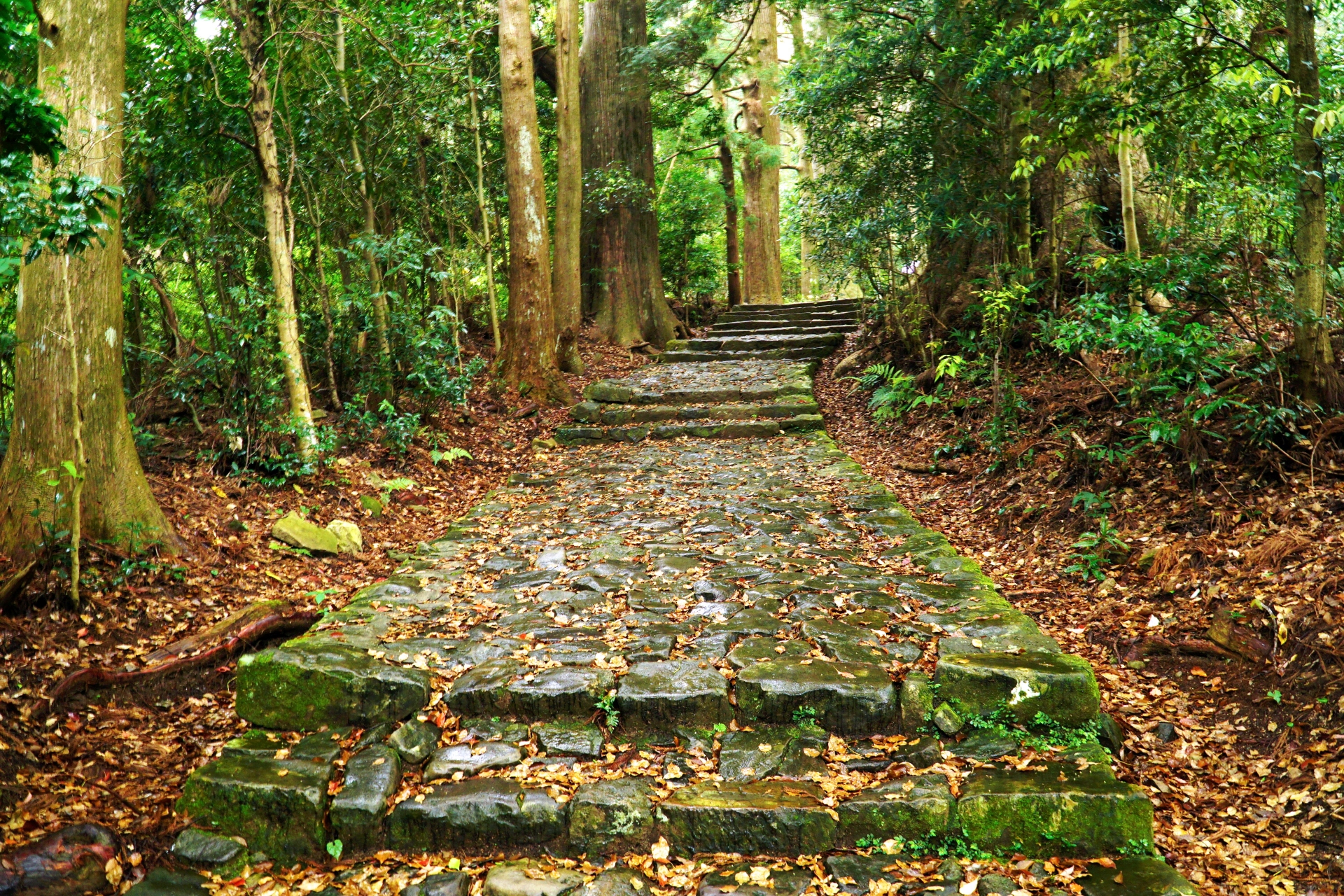
WAKAYAMA
Wakayama, as well as being endowed with rich natural resources, also includes a number of sacred sites, especially in the Kii Mountain Range (another World Heritage Site), linked by a network of pilgrimage routes traversing these ancient mountains.
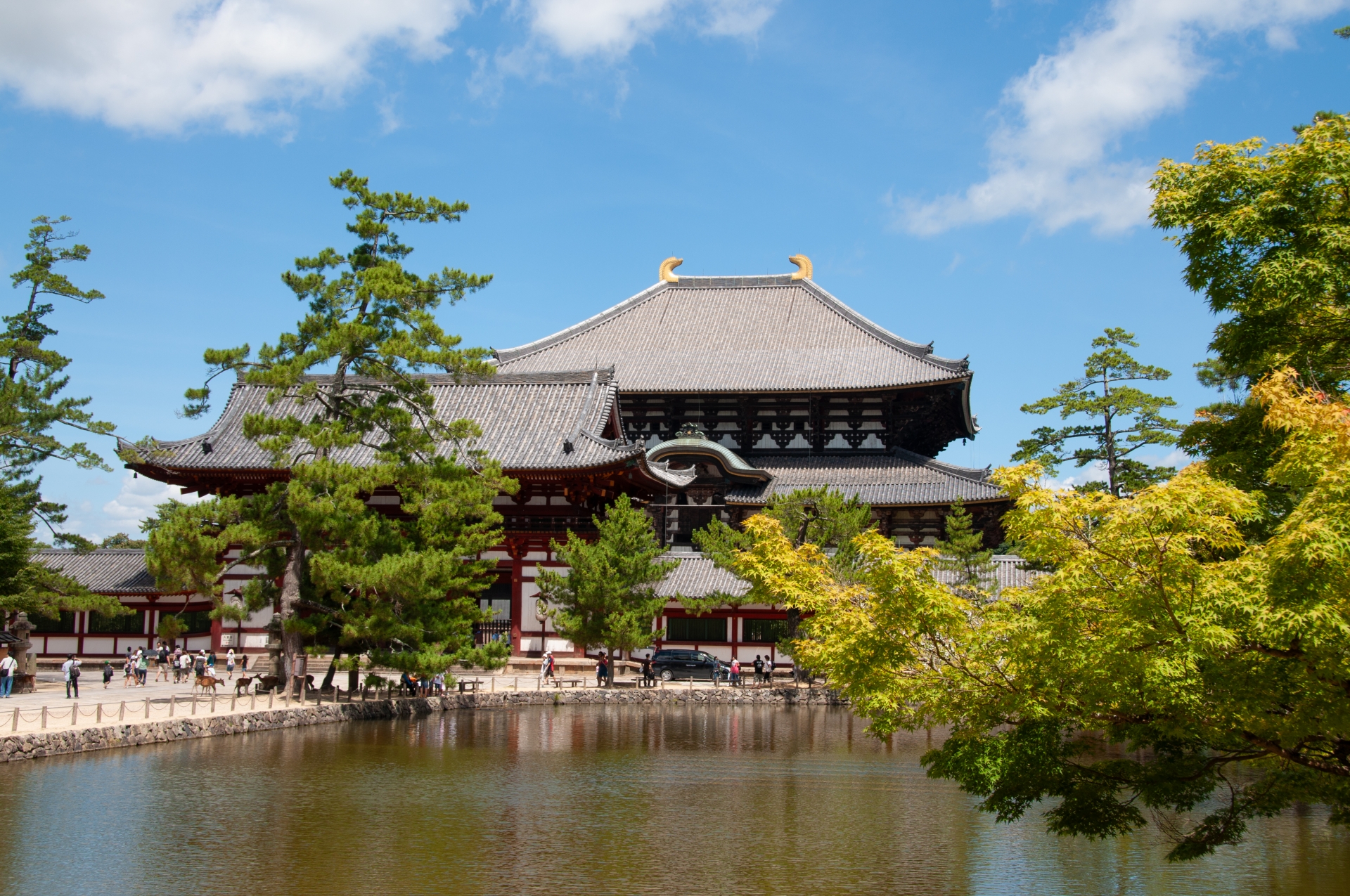
NARA
The ancient capital of Nara was established in 710. Like Kyoto, it has many historical remains that have been listed as World Heritage Sites. During the 8th century, Nara with its Tempyo culture became the eastern terminus of the Silk Road.
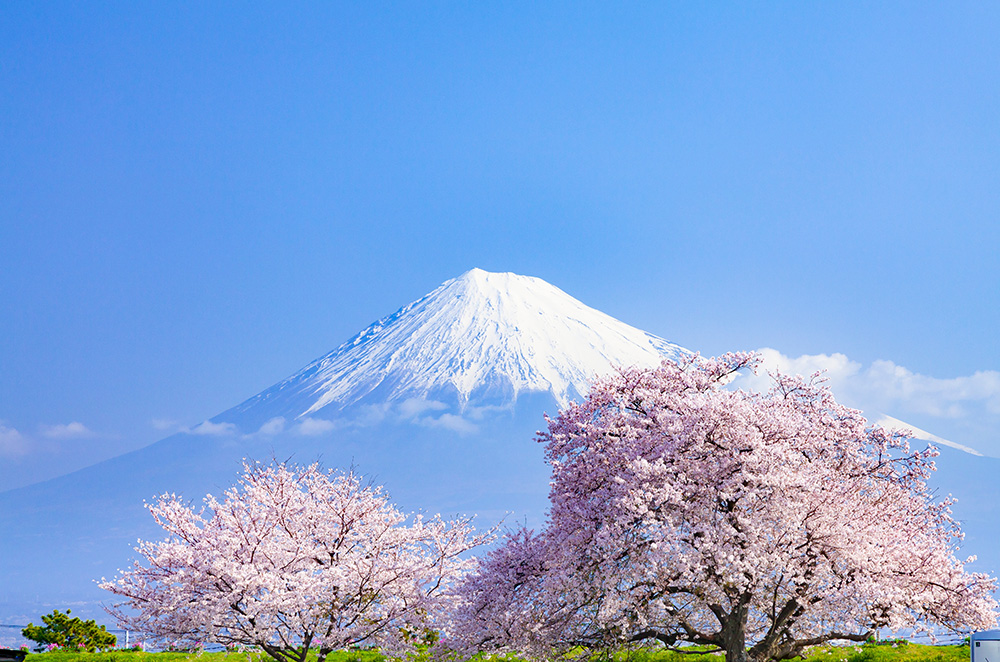
Beautiful Japan
Surrounded by ocean, studded with high mountains and deep gorges, richly watered by numerous rivers, Japan with its clearly defined four seasons presents Nature at its most beautiful. At the same time, another, complementary Japan may be found in the country´s many modern cities, where high-rises reach boldly for the sky while, at ground level, office complexes and entertainment districts compete for space, epitomizing the 21st -century urban landscape.
The Many Faces of Osaka
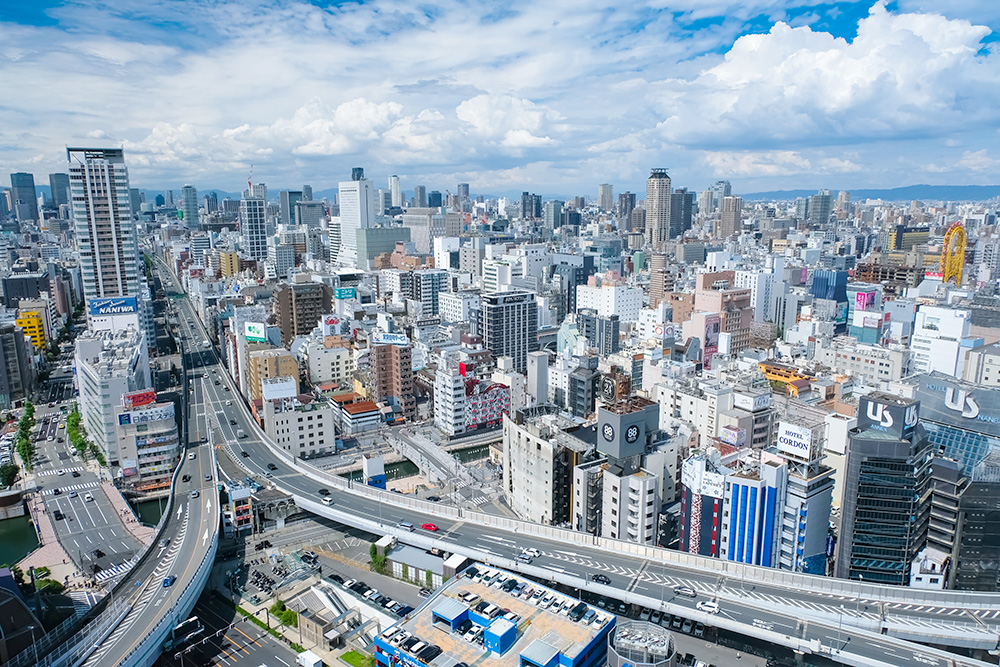
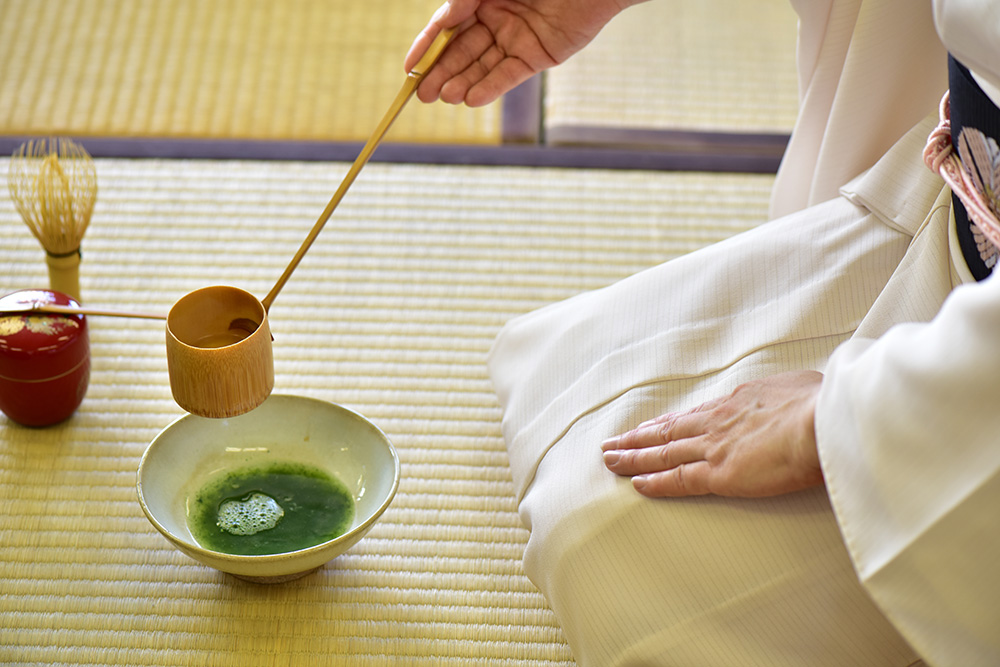
Osaka, Japan’s third-largest city after Tokyo and Yokohama, is blessed with easy accessibility by land or sea. For centuries it has been one of the nation´s principal communications hubs, and today it remains western Japan´s industrial and economic heart.
Many of Japan´s modern industries have their roots in Osaka, and world-famous brands like Panasonic, Daihatsu and Sharp continue to call the city home. Quick to anticipate new trends, imbued with natural mercantile instinct, Osaka´s contribution to the modern world includes a role in the development of NASA´s Space Shuttle technology. Many local industries have their own data collections, allowing interested visitors to observe and sometimes even experience at first hand the process by which a product is created. For students of manufacturing, business methods and so on, Osaka offers multiple opportunities for research.
The energy which has made Osaka such a vibrant commercial centre has also given birth to many examples of Japanese traditional culture. Among them is Bunraku, designated in 2003 a UNESCO Intangible Cultural Heritage, and ranked alongside Noh and Kabuki as one of Japan´s Three Great Traditional Dramatic Forms. The traditional Tea Ceremony which, imbued with the spirit of Zen Buddhism, took the simple act of drinking tea onto the plane of high art, also had its birth in this city. In a word, Osaka is the ideal place to observe and experience these traditional cultural forms at close hand.
Osaka is within a short train ride from Kansai´s renowned World Heritage Sites -- Kyoto, Nara, Himeji, and the Kii area of Wakayama. It is also a rewarding city in its own right, where visitors can enjoy the mix of traditional and popular cultures, and have both their senses and their intellect stimulated by the wide variety of things on offer.
OSAKA
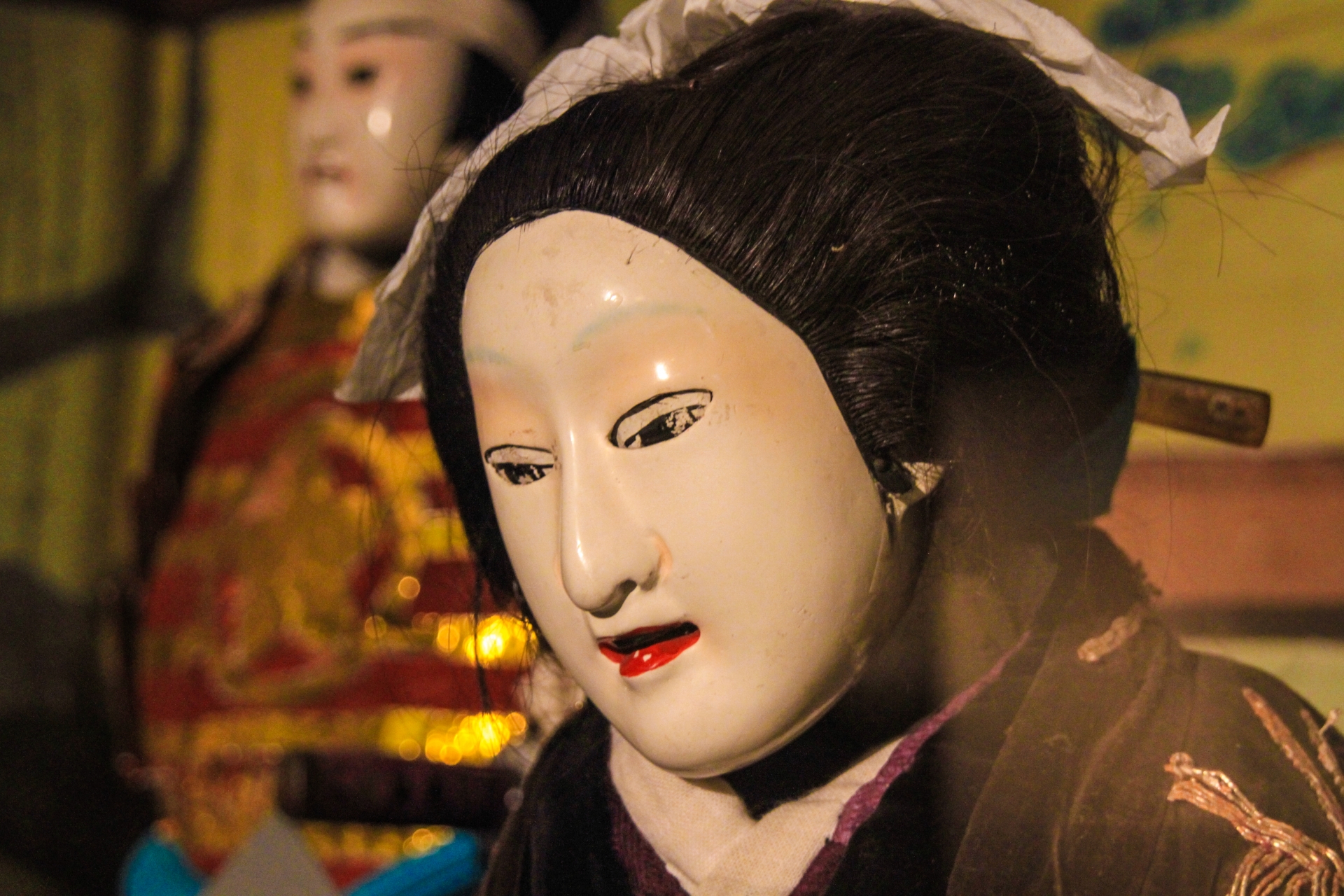
Bunraku, traditional Japanese puppet theatre in which the dialogue is performed to the accompaniment of a samisen, was born and continues to be performed in Osaka.
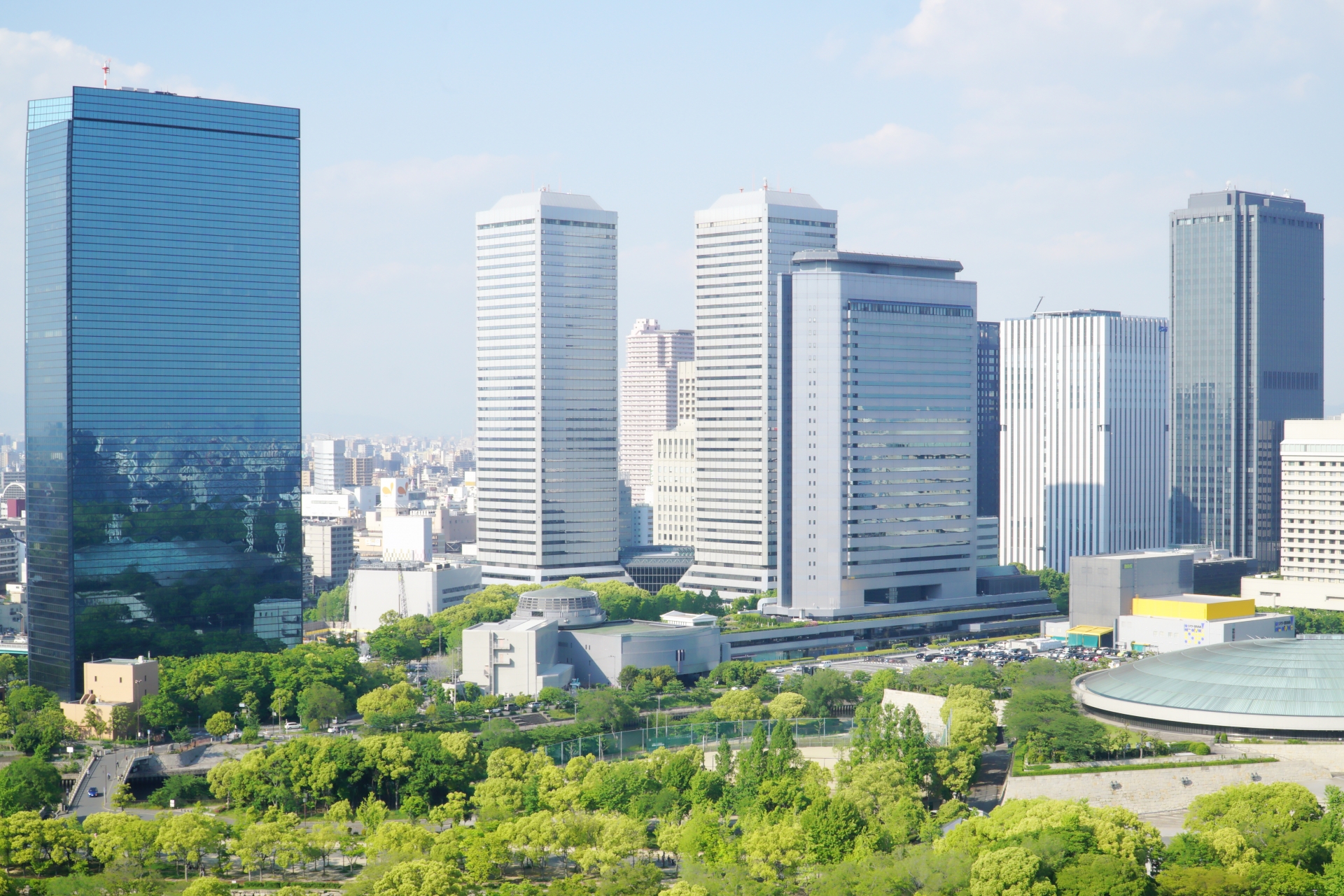
Japan’s third city, Osaka is home to many world-renowned companies.
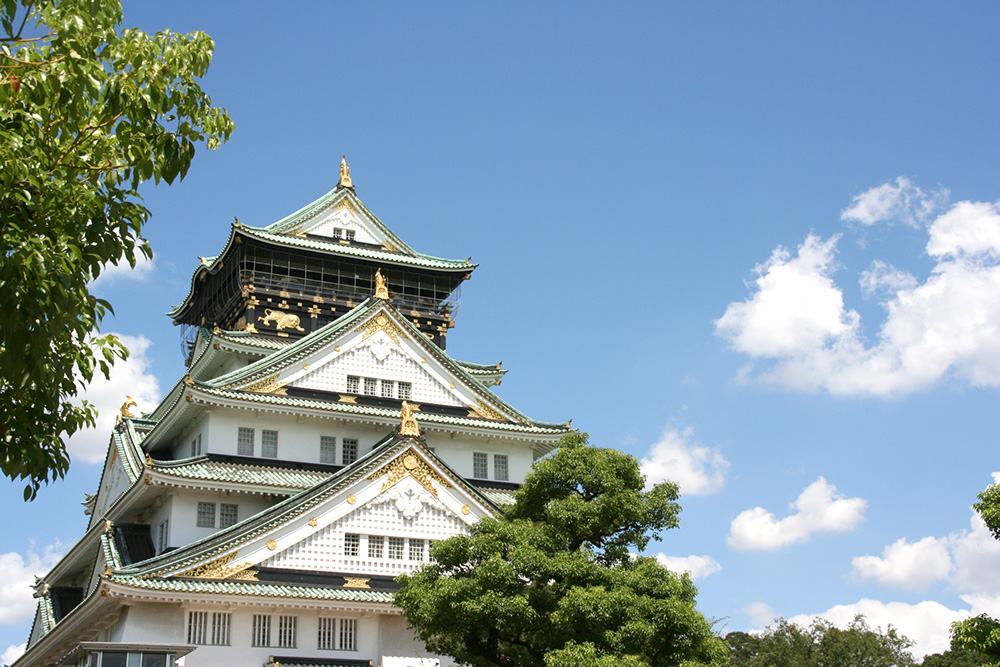
The Osaka Castle Donjon is a repository of historical materials. From the observation platform at the top, visitors can enjoy a panoramic view of the city of Osaka.
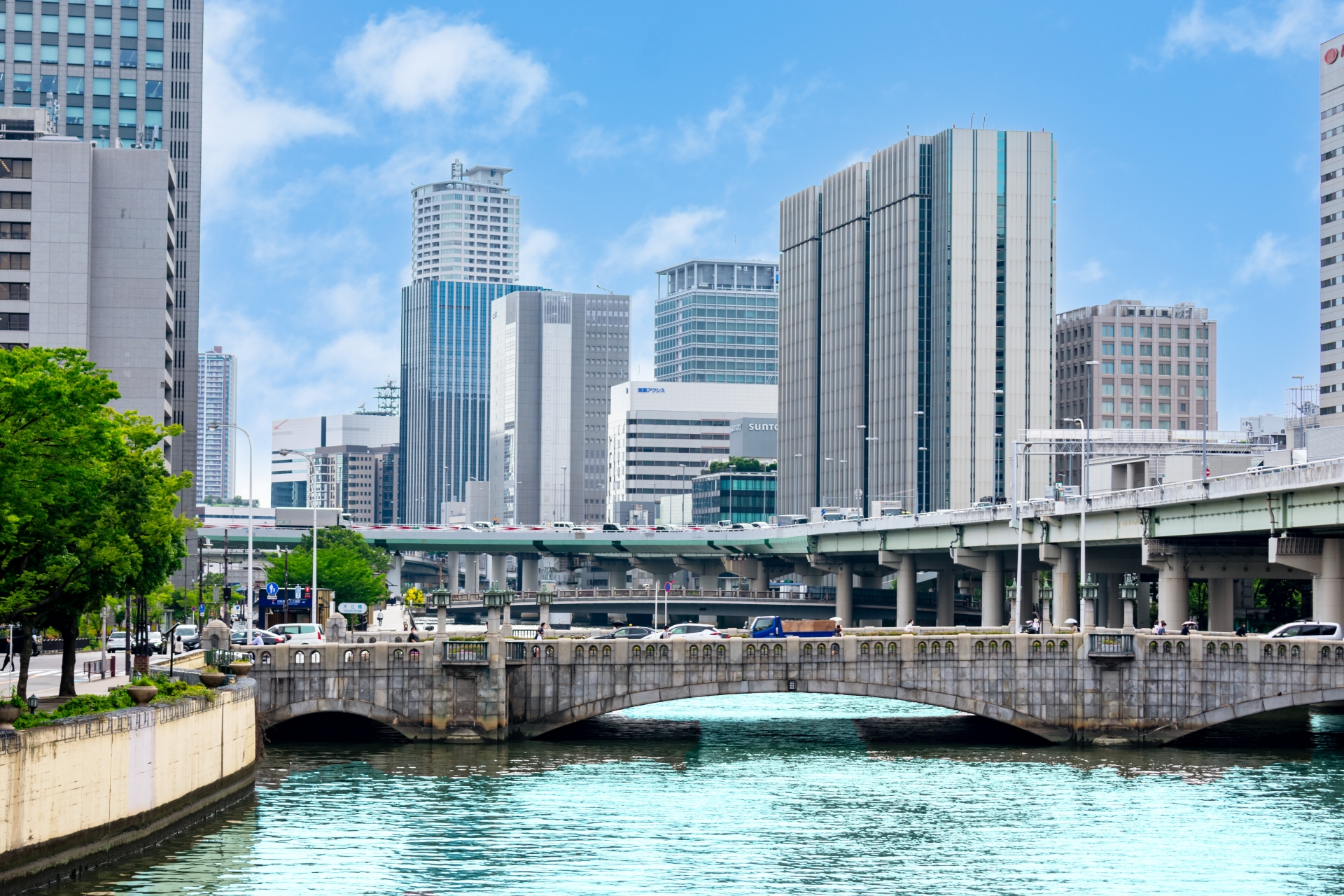
Nakanoshima, a typical Osaka business district, also symbolizes Osaka´s image as Japan´s "water capital" because of the many rivers that criss-cross the city.
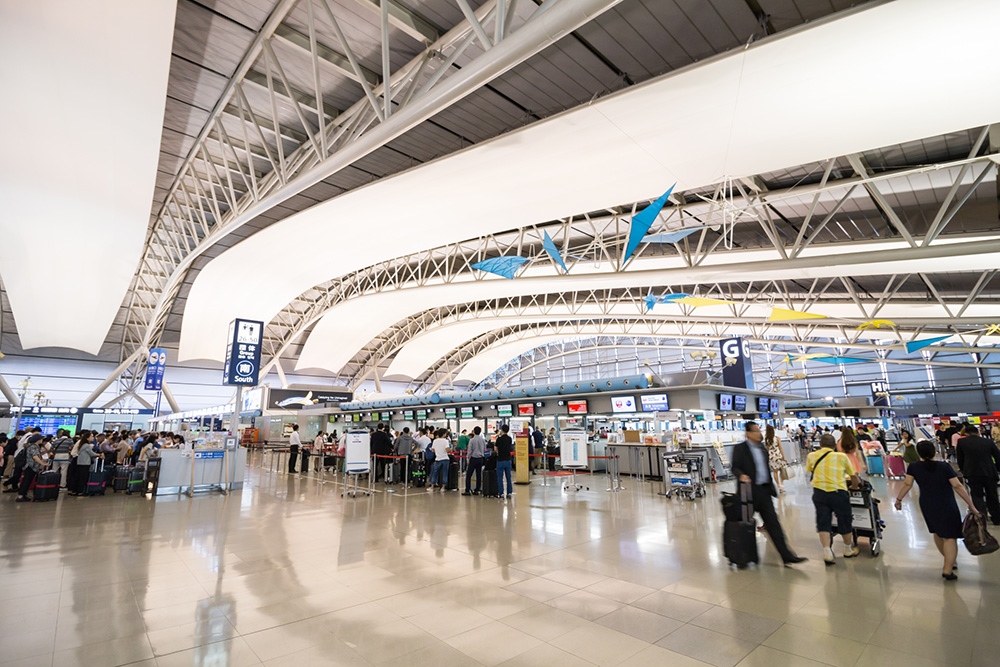
Kansai International Airport, just 30 minutes by limousine bus from Izumi Chuo Station near the Momoyama campus.
